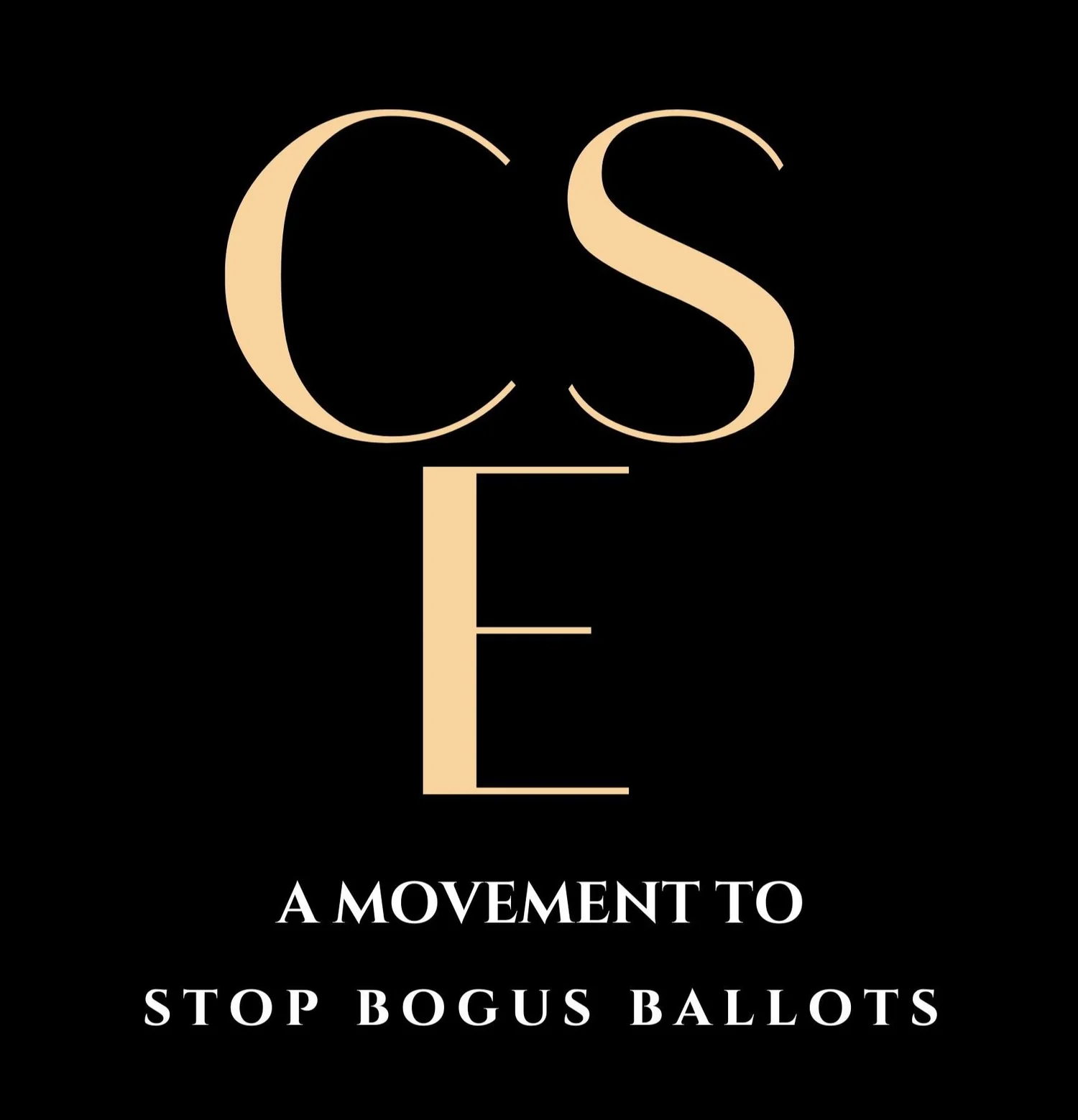How To Solve The Mail-In Balloting Challenge
Mail-in ballots, sent at industrial scale, accumulate at too many addresses where a voter no longer resides.
Over 75% of these addresses are in densely populated, urban areas.
Many recurring anomalies generate from NGOs, registering drifters, migrants, illegal aliens and the residents of drug rehab facilities, homeless shelters and street people.
The common denominator is “transitory.”
NGOs do not register people so they can cast a ballot. NGOs are in the ballot collecting business. NGOs register migrants knowing they are going to move on. Then those NGOs cast a ballot for them.
How do we solve this problem?
Leaving aside improbable solutions, like stopping mass mail-in balloting, there is a technology answer.
That is called “temporal location analysis.”
How about the TEMPORAL ADDRESS LIST?
That’s the list of every RV Park, hotel, homeless shelter, church, hospital, rehab facility, UPS/FedEx location, Post Office Box, boat marina, casino, college dorm, frat house, sorority - where perfectly legal, eligible voters reside - and have been voting for 20 years
Transient addresses by the hundreds of thousands remain on the voter roll of the swing states - all states. The voters are long gone!
These are mail-in ballot collection points - this is BALLOT MANUFACTURING – Secretaries of State are blind to it.
Secretaries of State, using current relational technology cannot economically perform the time series analysis - to show Phineas, voting from a frat house, for 20 years - maybe ought not continue to get a mail-in ballot.
It’s even worse - the data shows Phineas is 109 years old!
Temporal locations, as the derivative indicates, are temporary. Much of the solution lies in defining how long is appropriate then locking that into the voter system.
A drug rehab patient perhaps should not be voting from that rehab facility for 12 years – but they do.
A college student should not be voting from a college dorm for 18 years – but they do by the thousands.
Homeless people are not homeless if they live in a shelter for a decade – but votes are cast for them for years.
Someone who claims to live in a municipal hospital isn’t likely there for 10 years. Elderly care facilities aside, metro hospitals are a different genre.
Part of the solution is to define, for any residence, some reasonable time frame in which one must re-register or give some proof of life – or residency. Some states do this today with drivers licensing – if you are over 100 years old, a state may ask you to take an eye test. Reasonable.
Quantum technology, which we demonstrate here on the site, makes it possible to identify and profile every address in a state. And we track each one.
Each address collects a bucket of characteristics – year built, square footage, use type, number of bedrooms, number of baths.
The next step is to take the state voter rolls, every day, certainly every month, and compare them with previous rolls.
Immediately we find, as we show in videos, people voting from a college dorm – same dorm – for 14 years.
We show homeless shelters with a 100% voting history – everyone there votes, in every election, absentee, for a decade or more.
Maybe the Secretary of State should have those homeless people checked every year or two or three – because people are not in homeless shelters for years.
These nefarious NGOs have been casting ballots, en masse, for decades.
Every national voter integrity organization missed them – that’s why they remained in the voter rolls for 30 years.
Using advanced quantum Fractal technology, we find them, with a couple of clicks, determine the voter has been in a Jobs Corps Center for 12 years, and has been casting absentee ballots with 45 others – for decades.
We flag this for action with real time analysis of voter rolls, and the Common Sense Elections program has the technology to do this – now.

